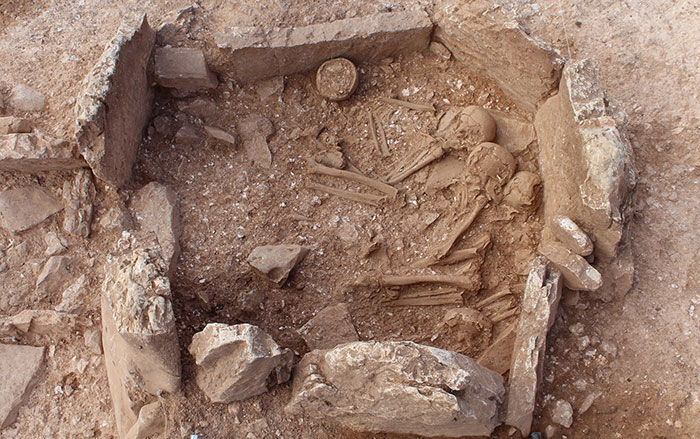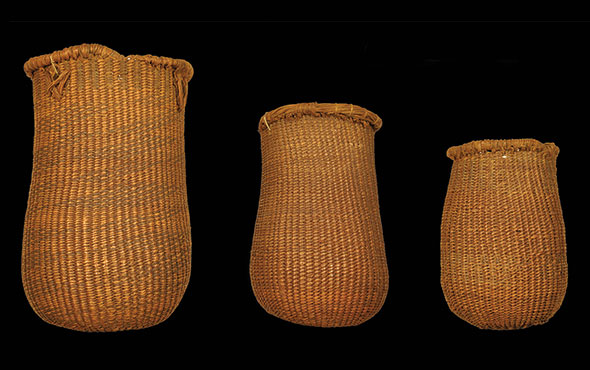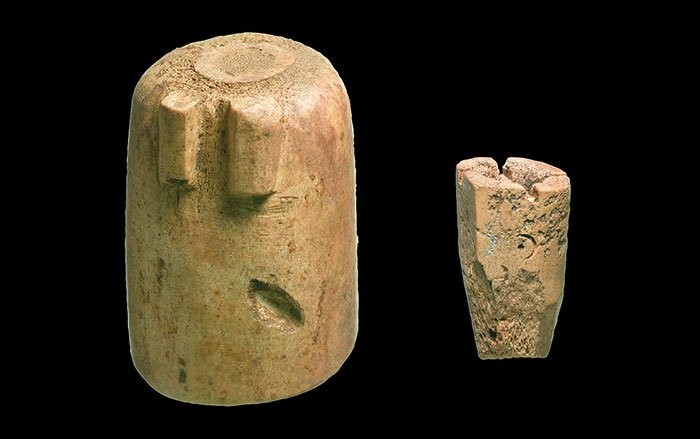
VIZCAYA, SPAIN—The remains of more than 2,500 domestic cows, sheep, and pigs from 41 archaeological sites across the Iberian Peninsula were measured and analyzed by Idoia Grau-Sologestoa of the UPV/EHU-University of the Basque Country. She found that the size of domestic animals is linked to livestock management practices over time. “The increase in animal size is normally linked to improvements of an environmental type (for example to new ways of feeding) or of a genetic type (for example, by importing larger animals). Larger domestic animal size entails a number of economic advantages with an increase in meat production or traction strength. What is more, improved domestic animals tend to grow faster which helps to increase their productivity,” she explained in a press release. After the fall of the Roman Empire, the size of domestic animals did not undergo significant changes, and between the eighth and ninth centuries, domestic animals were actually smaller, perhaps because of the semi-free foraging practices of the Early Middle Ages, as confirmed by the analysis of stable isotopes in cattle bones. But the size of domestic animals, especially sheep, has been increasing since the Late Middle Ages. “This increase is linked to the importance of sheep husbandry in this period not only for meat production but also to take advantage of the wool and milk of these animals,” she said. Grau-Sologestoa will soon examine the changes in livestock management during the transition to the modern era. To read more, see "The Origins of Domestic Cattle."










